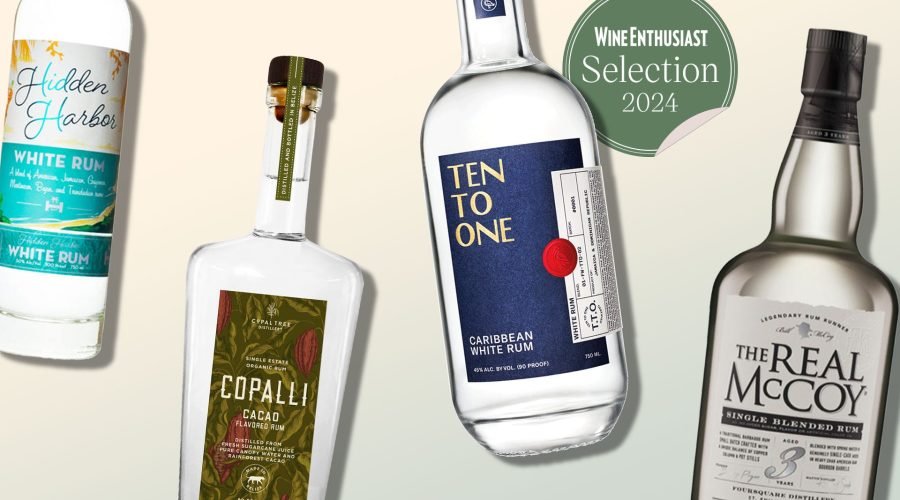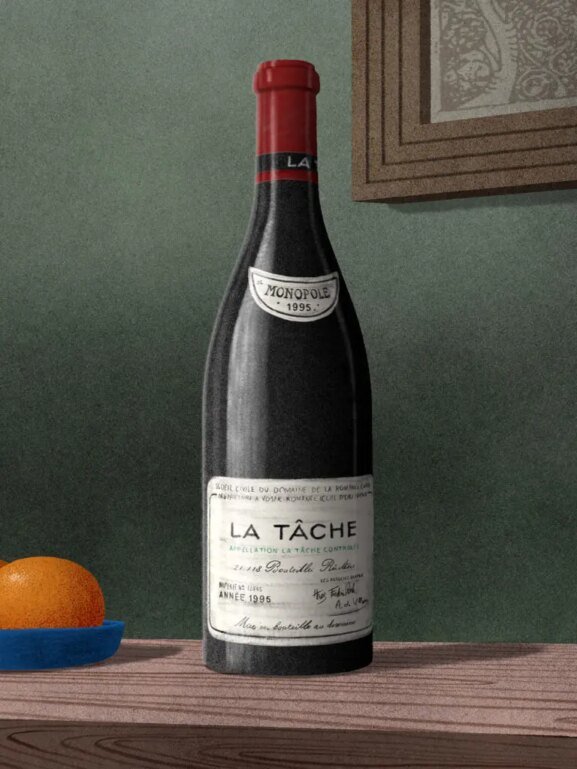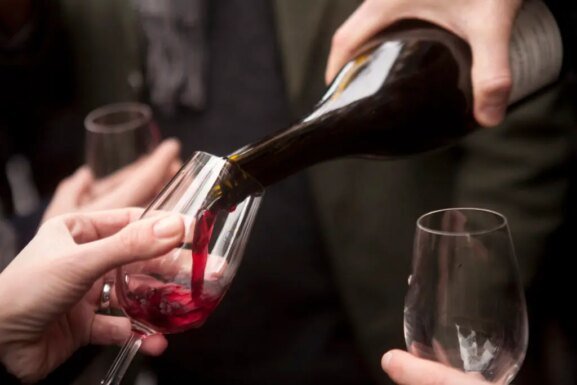The Best White Rums | Wine Enthusiast
Crisp white rums—sometimes called silver rums or light rums—are the go-to pick for many beloved cocktails, such as the Daiquiri and the Mojito. Made from a sugarcane base, most are lightly sweet with natural brown sugar, citrus or spice notes that play well with a wide range of fruit juices and mixers.
In many cases, more nuanced flavors shine through, as well. Depending on where or how they are made, some white rums feature intriguing grassy, citrusy or tropical fruit tones. These lighter aromas are part of what helps set the category apart from their longer-aged brethren, which tend to boast deeper color and aromas, as well as tannins.
What Is White Rum?
All rum, including white rum, is made from sugarcane. That might include sugarcane juice, cane sugar or cane sugar byproducts (most commonly molasses), which are fermented and distilled. The spirit is made all around the world, using varying production methods that create an extremely wide range of styles. This includes the fresh-pressed sugarcane juice rhum agricoles, largely produced in the French West Indies, to overproof selections with 75.5% abv (check out the FAQ below for more details).
You May Also Like: Varied and Versatile: A Beginner’s Guide to Rum
Some of these white rums are unaged. Others are rested in steel tanks. There are also bottles that are lightly barrel-aged to add body and mellow character and filtered to remove the color.
So, What Is the Difference Between Aged Rum and White Rum?
Short answer: the color. “White rum” isn’t a synonym for “unaged rum.” Some white rums are indeed unaged, and those rums may be clear or light-hued due to the absence or oak, or because they have been filtered for clarity and a pristine appearance. Many white rums are aged around one to four years, and then charcoal -filtered to remove the color.
Further, some rum producers manipulate the color of rums, adding caramel color and flavoring to make rums appear longer-aged.
To sum it up, the world of white rums is incredibly diverse, which can make picking and choosing bottles to buy a difficult task. Don’t stress: we’ve rounded up a selection of the best white rums on the market to help you figure it out. These picks span the globe, from the Caribbean Sea all the way to Hawaii, encompassing a wide range of styles. Some are aged, others not. One pick is well-suited for sipping, while another bottle was specifically formulated to ensure tropical cocktails pop. Take a look.
Best White Rum Under $25
Best American White Rum
Kuleana Hawaiian Rum Agricole
Made from the fresh-pressed juice of 40 sugarcane varieties grown on the producer’s farm in Kohala, Hawaii, this single estate white rum has an enticing grassy aroma and lively palate that bounces from hints of green banana and lemongrass to a lightly peppery, mentholated finish. Mix into all the mojitos. 94 Points — K.N.
$ Varies
Wine.com
Best Multi-Region White Rum Blend
Best Flavored Rum

Copalli Cacao Rum
This is a single-estate white rum infused with organic cacao nibs, and it’s lovely, more complex and clean than most flavored rum. Lychee and banana aromas lead into a concentrated, lightly sweet palate laced with vanilla sugar and cocoa powder, finishing long and slightly nutty, enlivened by a bit of white pepper tingle on the exit. Best Buy. 93 Points— K.N.
$ Varies
Copalli Rum
Best White Rum for Tropical Drinks

Hidden Harbor White Rum
Made for Pittsburgh tiki bar Hidden Harbor, this rum is specially formulated for use in Daiquiris and other tropical cocktails. Most of what’s in the bottle (80%) is made by Pittsburgh distillery Maggie’s Farm, and the remaining 20% is a blend of Caribbean rums. It’s a full-flavored, robust white rum, with a mildly funky aroma and a surprising hint of red fruit jazzed up with ginger and white pepper on the finish. Should stand up nicely to fruit and bold flavors. 93 Points — K.N.
$35
B&B Spirit Shop
Best White Rhum Agricole

Baie de Tresors Single Estate Rhum Agricole
This single-plot white rum offers a fruity aroma with a vegetal hint, suggesting ripe banana and green olive. The bold, hot palate shows lots of fruit up front, with a toasted coconut midpalate. Cinnamon and cayenne heat lead into a suggestion of sea salt on the warming exit, like a breath of fresh sea air. 90 Points — K.N.
$ Varies
Astor Wines
Best White Rum for Sipping

Diplomatico Blanco Reserve
It almost doesn’t seem fair to stack up this “extra añejo” rum against barely-aged counterparts. This is the Cadillac of white rums, one of the few suitable to keep as a standalone sipper. Look for silky smoothness and pure, concentrated sugarcane flavor that mellows into accents of brown sugar, -caramel and baking spice on the finish. 95 Points — K.N.
$30
Wine-searcher
FAQs
What Is the Difference Between Agricole Rhum and White Rum?
To be clear (see what we did there?), many agricole rums are barrel-aged, but unaged cane juice rums have particular fans for their wild, vegetal, grassy and citrusy flavors. In brief, agricole rhum is distilled using fresh sugar cane juice, rather than molasses. It’s a protected Geographical Indication, used by Martinique and Guadeloupe, as well as a handful of other French territories. That said, a number of other locations make agricole-style rum using fresh cane juice.
What Is the Difference Between Cachaça and White Rum?
Many sugar cane spirits worldwide resemble white rum but aren’t classified as such. That includes Brazil’s cachaça, Haiti’s clairin and Mexico’s charanda, as well as aguardiente de caña, which is made in multiple countries. Of note, many of these distillates are available as aged versions too.
What Is Overproof Rum?
Most spirits—including rum—are bottled around 40% alcohol by volume, or 80 proof. Overproof rum is higher than that baseline; some say “overproof” begins north of 46% abv (90 proof), others say it’s 50% abv (100 proof) and higher. White rums bottled at 75.5% abv (151 proof) are their own special category, sought-after for those aiming to set drinks on fire.
Published: March 15, 2024


